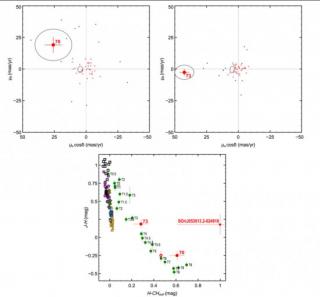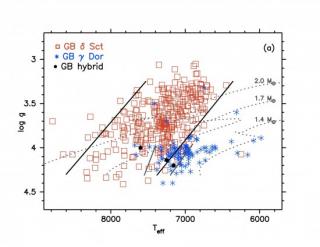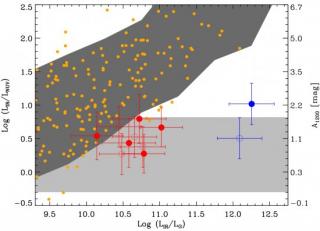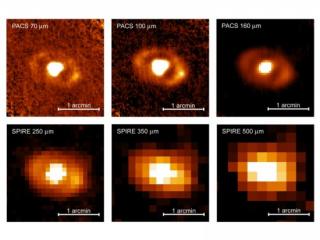
The proper characterization of the least massive population of the young Sigma Orionis star cluster is required to understand the form of the cluster mass function and its impact on our comprehension of the substellar formation processes. S Ori 70 (T5.5+/-1) and 73, two T-type cluster member candidates, are likely to have masses between 3 and 7 MJup if their age is 3 Myr. It awaits confirmation whether S Ori 73 has a methane atmosphere. We aim to: i) confirm the presence of methane absorption in S Ori 73 by performing methane imaging; ii) study S Ori 70 and 73 cluster membership via
Advertised on

![HST image of the Butterfly nebula obtained by the authors on 1997. Red is Halpha+[NII], green is [OIII]. HST image of the Butterfly nebula obtained by the authors on 1997. Red is Halpha+[NII], green is [OIII].](/sites/default/files/styles/crop_square_2_2_to_320px/public/images/news/resultados74_79.jpg?itok=p_jgDPaj)


